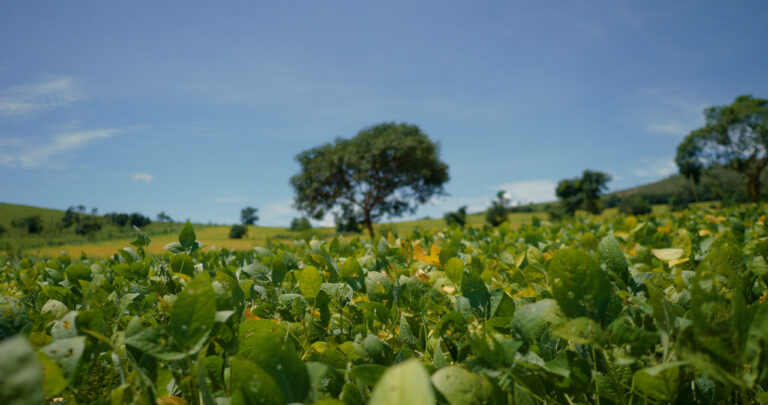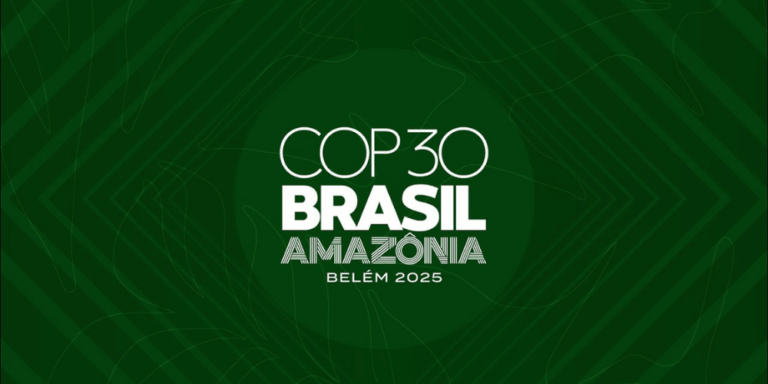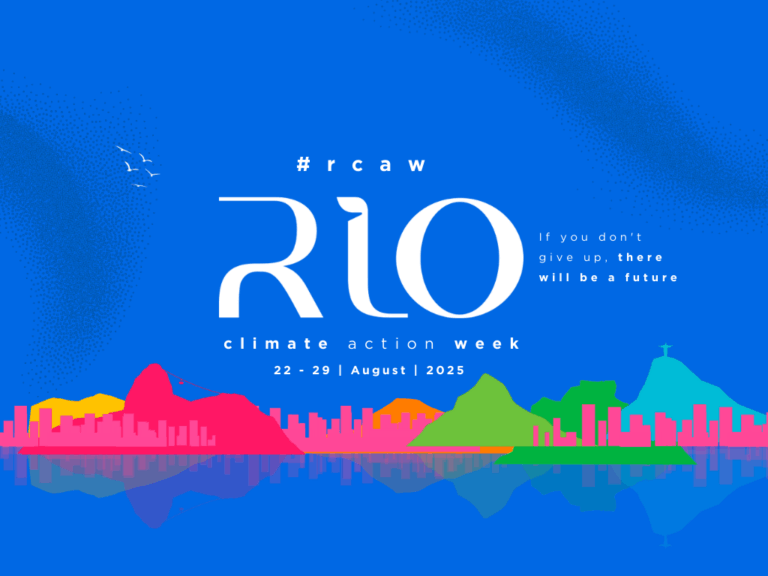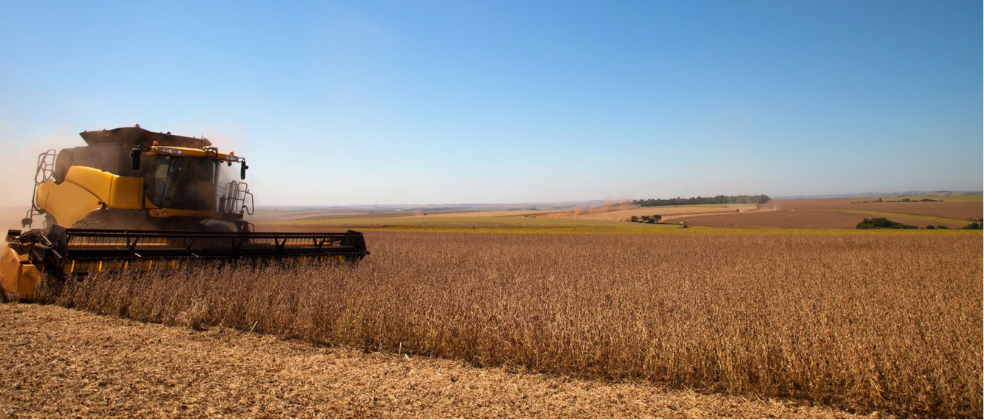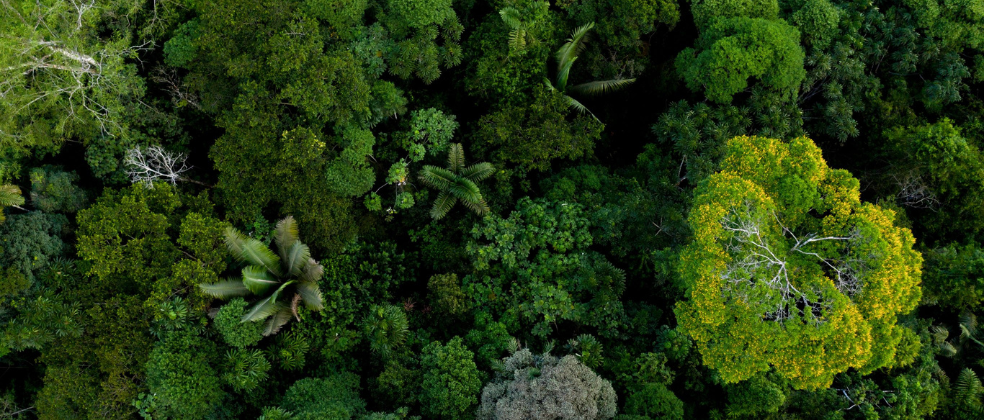Now in its fourth season, the Responsible Commodities Facility (RCF) fund will provide US$60 million in loans to soy farmers in the Brazilian Cerrado, raised through its innovative blended environmental finance structure.
The Green CRAs issued to capitalise the RCF obtained a Second Party Opinion (SPO) from environmental advisory firm ERM-NINT, which concluded that the RCF Cerrado Programme is in alignment with both the Green Bond Principles (GBP) of the International Capital Market Association (ICMA) and the Green Loan Principles (GLP). The senior tranche of the RCF 2025-2026 investment cycle received a ‘brAA (sf)’ Brazilian scale credit rating from S&P Global, equivalent to a rating of B+ global scale.
Investors in the RCF are UK supermarkets Tesco, Sainsbury’s and Waitrose, alongside Rabobank and AGRI3 Fund. For this 2025/26 soy growing season, new investors include IDB Invest and the Mobilising Finance for Forests (MFF) program, which is managed by FMO, the Dutch entrepreneurial development bank, and is funded by the UK Government and the Government of the Kingdom of the Netherlands.
The capital raised is used to offer low-interest loans to farmers who comply with the RCF’s eligibility criteria and commit to zero deforestation of native vegetation for expansion of soy cultivation, and to maintain in their farms forest cover over and above the minimum required by law (“excess native vegetation”), preventing negative climate impacts and loss of natural habitat.
With this combined investment, the programme will provide finance to 280 farms, which it expects to produce more than 240,000 tonnes of deforestation and conversion-free soy. This would result in the conservation of around 90,000 ha of native vegetation, ca.29,000 ha of which are in excess of legal obligations, protecting over 22 MtCO2e carbon stocks.
The RCF launched in 2022 with an initial investment by UK supermarkets Tesco, Sainsbury’s and Waitrose, taking action as part of their individual commitments to responsible commodities sourcing. Since then, the fund has continued to grow and attract new investment, with further investors in the process of joining for the 2026/27 season, when the fund is estimated to top US$200million.
Brazilian agriculture and forest protection is a major focus of world climate action this year, with COP30 billed as ‘the forest COP’ and a large Brazilian presence at London Climate Action Week last month. The expansive and biodiverse region of the Cerrado is where much of the country’s soy crops are produced, and yet it does not have the same level of protection as the neighbouring Amazon, and so is more at risk from land clearance for agriculture. The RCF incentivises farmers to produce without deforestation, including foregoing their legal land clearance rights.
“The professional structure of the RCF is enabling it to reach scale. An increasingly diversified portfolio, originated in partnership with Rabobank, associated with lower loan concentrations and different sources of capital layered across different tranches, have de-risked the investments, resulting in a br AA credit rating. This, in turn, will enable us to scale well beyond what impact investor capital alone could support.” Pedro Moura Costa, SIM CEO.
“FMO is pleased to support RCF through the Mobilising Finance for Forests (MFF) program. We see RCF as an innovative initiative that seeks to demonstrate how environmental protection and agricultural productivity can go hand in hand. Our investment aims to explore its potential and contribute to learning how blended finance can support environmental stewardship. By combining financing incentives with no-deforestation commitments, this approach could offer a promising pathway for mobilizing capital to protect critical ecosystems while enabling sustainable agricultural development. We look forward to learning from this experience and exploring opportunities to scale and replicate it in Brazil.” Huib-Jan de Ruijter, Co-Chief Investment Officer at FMO
The RCF is supported by an Environmental Advisory Board comprising; Greg Fishbein (The Nature Conservancy), Ivo Mulder/Martin Hallé (UN Environment Programme), Lilian Vendrametto (Conservation International), Fabrício de Campos (Sustainable Finance expert), Isabella Freire Vitali/Jane Lino (Proforest), André Guimarães (IPAM), and Roberta del Giudice (BVRio – secretariat).
The Cerrado Programme 1 complements other responsible soy production initiatives such as the UK Soy Manifesto, the Consumer Goods Forum’s Forest Positive Coalition, and is a member of the Innovative Finance for the Amazon, Cerrado, and Chaco (IFACC), managed by UNEP Finance, TNC, and the Tropical Forest Alliance.
The Implementation of the RCF Cerrado Programme involves a number of organisations that specialise in different activities in the process, involving both financial and environmental streams. Sustainable Investment Management (SIM) plays the role of ‘RCF Cerrado Programme Coordinator’, to ensure the adequate integration of both these streams, while management of the CRA issuance is done by Opea Securitizadora S.A (the Securitization Company). The operational routine of the RCF is described in the Securitization Instrument issued by Opea. Prior to their inclusion in the programme, all participating producers and farms are screened by Traive (the Credit and Monitoring Agent) using their credit analysis methodology. Pinheiro Neto Advogados acts as legal advisor and structurer of the transaction.
